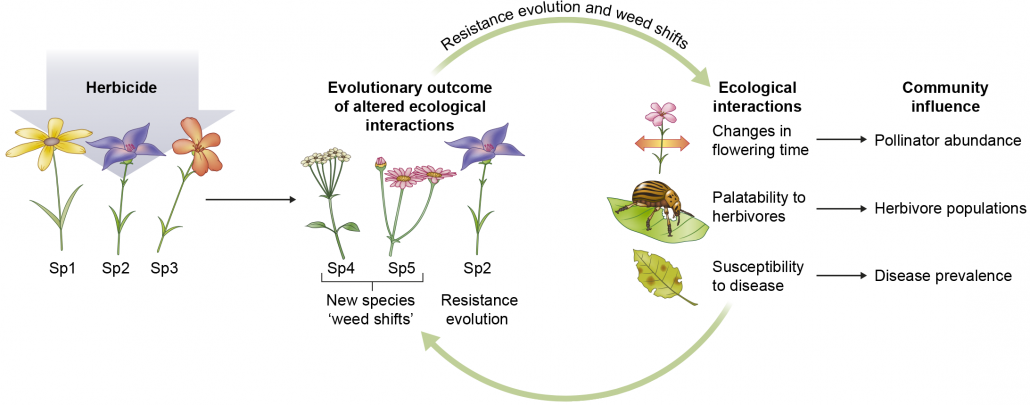
Review: Evolutionary and ecological insights from herbicide resistant weeds (New Phytol)
Plant Science Research WeeklyWeeds represent a problem for the economy due to their easy resistance of pesticides, but they are also a model for adaptation, ecology and evolution. In this review Baucom focusses on three areas: the genetic basis of adaptation, evolutionary constraints, and experimental evolution. Weed resistance…
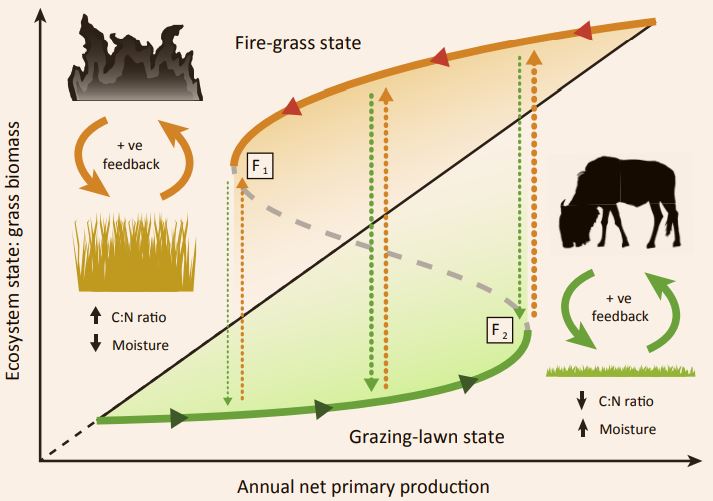
Review: Alternate grassy ecosystem states are determined by palatability-flammability trade-offs ($) (Trends Ecol Evol)
Plant Science Research WeeklyGrassy ecosystems tend towards two stable states. One, the grazing-lawn state, is dominated by shoter grasses that thrive when grazed by herbivores, and the other, the fire-grass state, is dominated by taller grasses thrive when periodically controlled by burning. The flux between fire-grass and grazing-lawn…
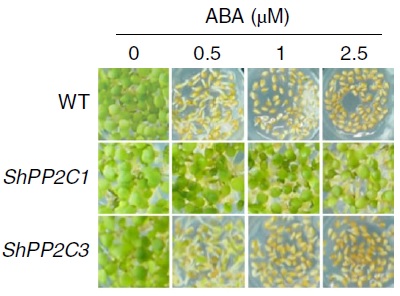
An aberrant protein phosphatase 2C confers abscisic acid tolerance and drives high transpiration during drought conditions in a parasitic plant, Striga ($) (Nature Plants)
Plant Science Research WeeklyStriga hermonthica is a parasitic plant which infects major crops in arid environments. The rate of transpiration in Striga is higher than that of the host plant, thus maintaining a water potential gradient from the host to the Striga plant. Until recently, the exact mechanism has been poorly understood.…
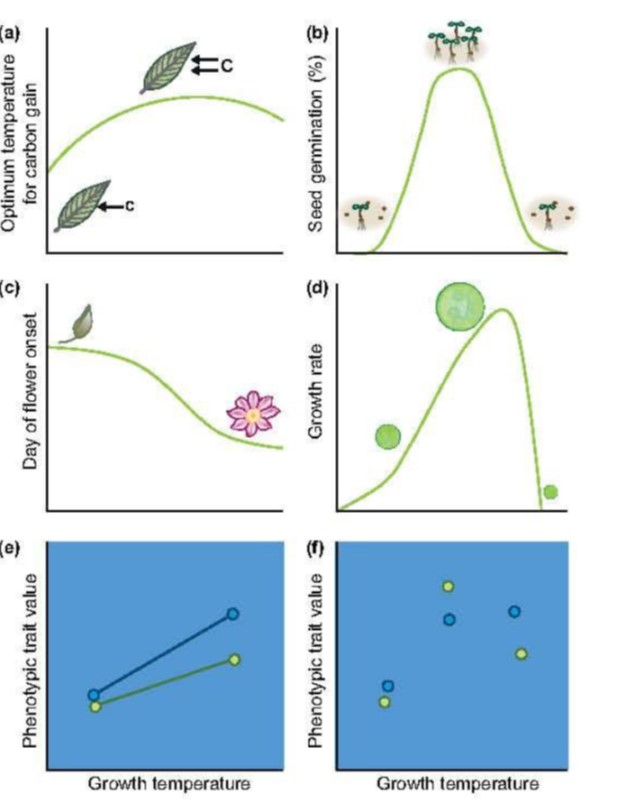
Review: How to analyse plant phenotypic plasticity in response to a changing climate
Plant Science Research WeeklyPhenotypic plasticity, or the ability to change in response to the environment, is one of the most characteristic (and to me, endearing) qualities of plants. As Arnold et al. observe, it is also one of the most important in terms of future climate change; phenotypic plasticity will mean the difference…
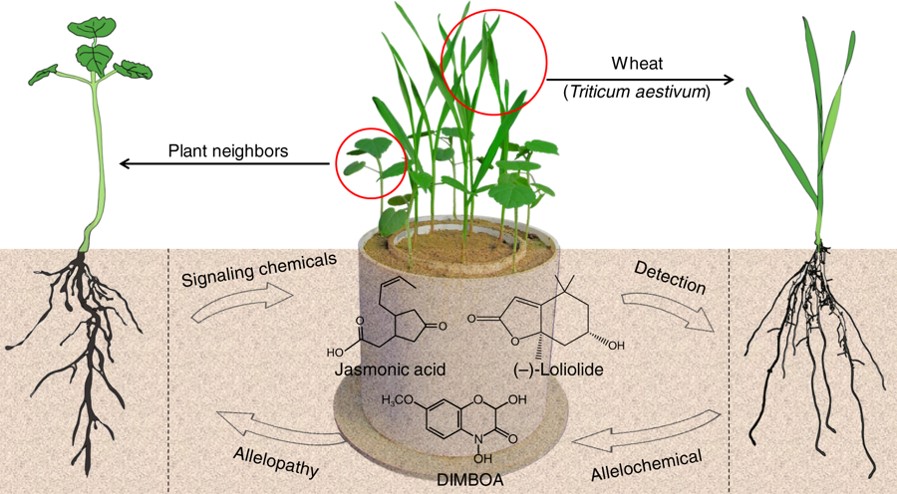
Plant neighbor detection and allelochemical response are driven by root-secreted signaling chemicals (Nature Communications)
Plant Science Research WeeklyPlants are not able to move out of their neighborhood if they are unhappy, but they are capable of recruiting and assembling a community in which they are able to thrive. Plants are also able to initiate defense when they sense that threats are near. To keep tabs on their neighbors, plants utilize both…

Review: Mechanisms of plant–soil feedback: interactions among biotic and abiotic drivers
Plant Science Research WeeklyWe often think about how the soil environment influences plants, but two new papers focus on how plants influence the soil environment (through abiotic and biotic effects), in turn affecting other plants. These plant-soil feedbacks (PSFs) can be negative (resource depletion, natural enemy accumulation)…
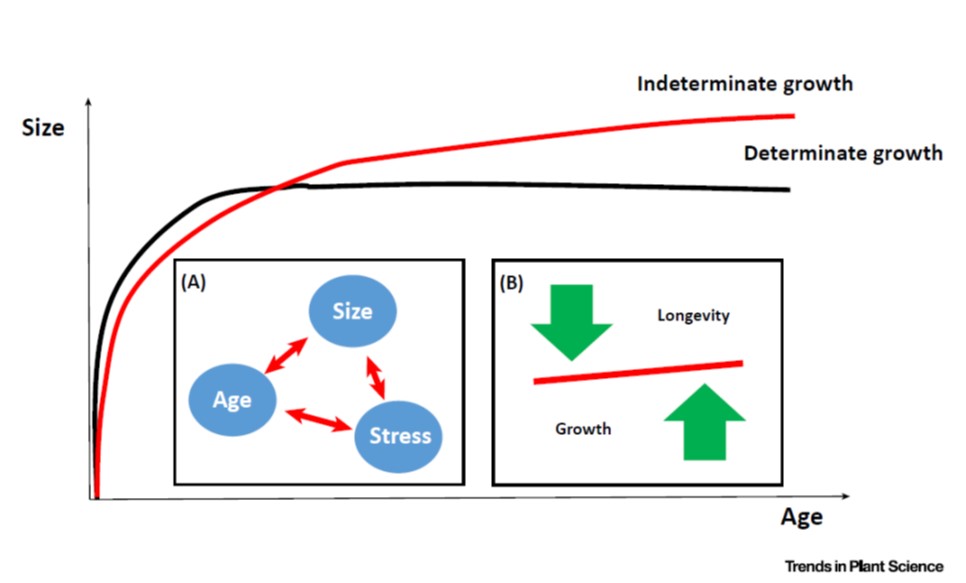
Opinion: Limits to tree growth and longevity (TIPS)
Plant Science Research WeeklyI think trees are awesome, and I mean that in the truest sense of the word. They dwarf us in height, and when we look at a tree that has lived for hundreds or thousands of years it is impossible not to think of that span in terms of human generations and human history. But, trees don’t live or grow…
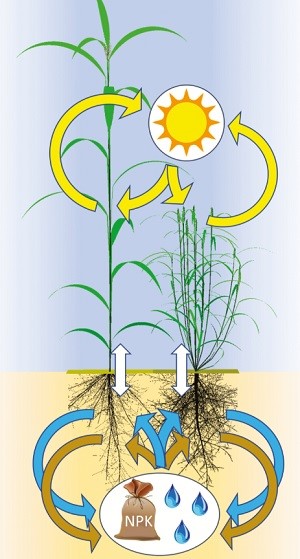
Functional-structural plant modeling to understand species mixtures (J Exp Bot)
Plant Science Research WeeklyMixing different plant species in a single field increases productivity by exploiting species complementarities for capturing resources (i.e. water, nutrients, sunlight). Both competition avoidance responses and individual organ accommodations to the changing environment contribute to this complementarity.…
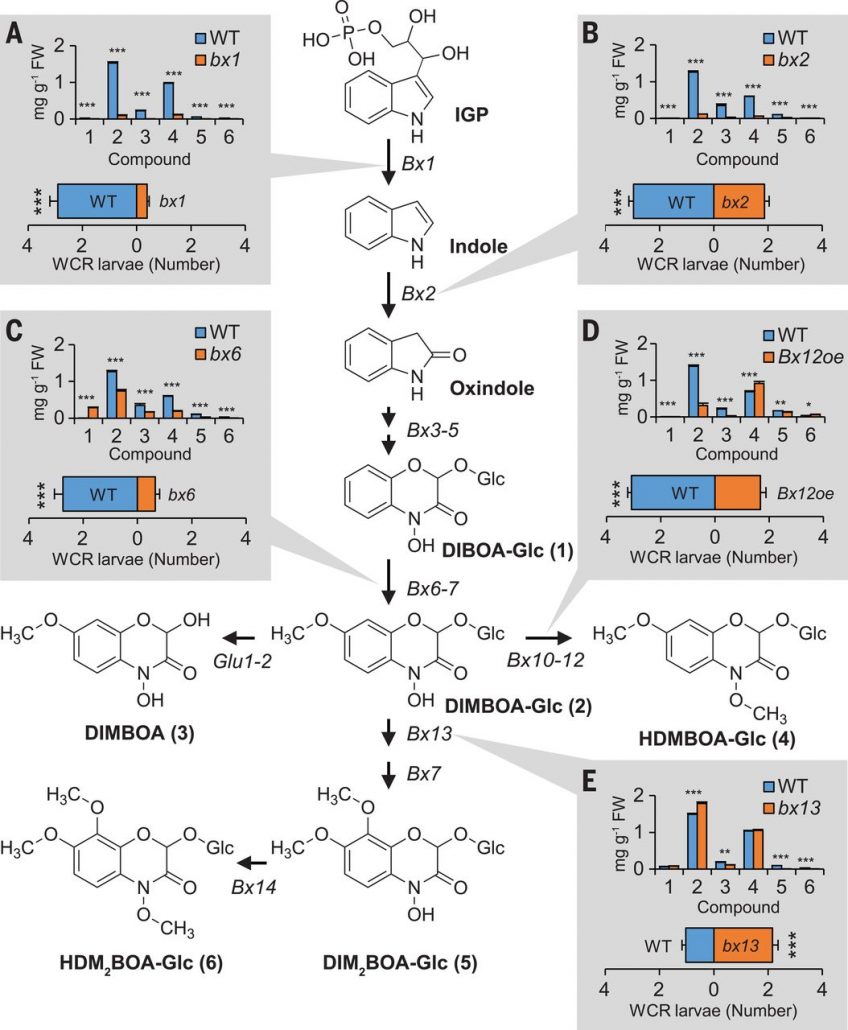
Plant iron acquisition strategy exploited by an insect herbivore ($) (Science)
Plant Science Research WeeklyWhen it comes to evading pests and pathogens, stealth comes in handy. Anything that advertises “food here” is an invitation. Therefore, the work of Hu et al. shouldn’t be surprising, but it is a great story. Phytosiderophores such as benzoxazinoid are secreted by roots to chelate iron and facilitate…

